According to one source, 90% of the Japanese say they practice Shinto, 90% say they practice Buddhism, and 90% say they aren’t religious. Other sources dispute this, attributing statistics like these to birth records and a longstanding practice of officially associating a family line with a local Buddhist temple or Shinto shrine.
Add to the mix that the Japanese implemented Confucianism into their social order during the warrior period in the 1400-1500s, and it all gets a bit fuzzy.
Since we’ll be at or near the birthplace of Buddhism in Bhutan and Nepal, I’ll skip that for now. But I thought the history of how Confucianism was introduced into Japan was interesting (ref): The Chinese writing system was introduced into Japan around 400 A.D., but it was not until the eighth century that a viable adaptation was devised for rendering Japanese in written form. Therefore early Japanese thought was expressed in Chinese, and in fact many philosophical intellectuals continued to write in Chinese (or a Japanized version of Chinese) as late as the nineteenth century.
When the Chinese writing system was first introduced, the various clans had begun to form a central government under the leadership of what would become the imperial family. The government coalesced in Yamato, a large plain adjoining what is today Kyoto, Nara and Osaka. With the introduction of Chinese literacy, the Japanese elite gained access to more than a millennium of Confucian and Buddhist philosophy. These ideas were immediately put to use in organizing the state.
Confucianism gave Japan a hierarchical model for social and political order. It focused on personal interaction, explaining the responsibilities and duties relevant to the five basic dyadic relations: master–servant, parent–child, husband–wife, elder sibling–younger sibling and friend–friend.
There is only one Confucian Temple in Tokyo, and unfortunately we arrived too late for even pictures as the walls were too high to scale, and believe me, the Japanese adhere to closing time with perfect precision.
Shinto, “way of the gods” is the native religion in Japan with its roots stretching back to 500 B.C. It is highly animistic and poly-theistic (the many gods of Shinto are called kami). Almost any natural objects ranging from mountains, rivers, water, rocks, trees,or other entities of the natural environment, including thunder, wind, and shadows. Natural wonders make the Japanese believe, out of an awe or reverence, that such wonders are created by mighty, super-natural powers, and the ghost of a deity dwells in such objects.
Amaterasu, the Sun Goddess is regarded as the principal deity of Shinto. The Japanese call their country “Nippon” in Japanese. It literally denotes “the Origin of the Sun.” The Japanese national flag is simple, one red disk in the center, and it symbolizes the sun.
Shinto does not have a founder nor does it have sacred scriptures like the sutras or the bible. Proselytizing and preaching are not common either, because Shinto is deeply rooted in the Japanese people and traditions.
Shinto and Buddhism are reflected simultaneously all around, including in many of the temples and shrines.
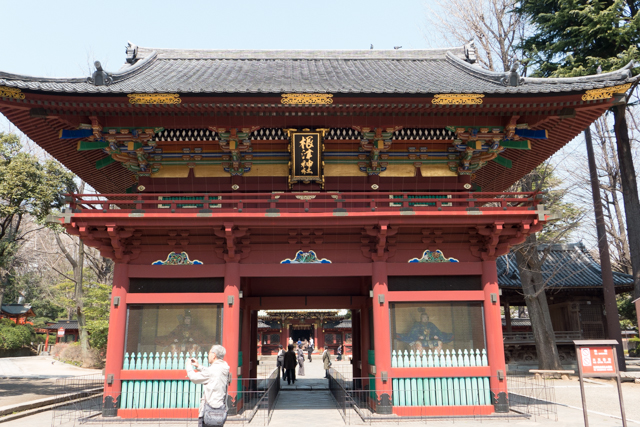
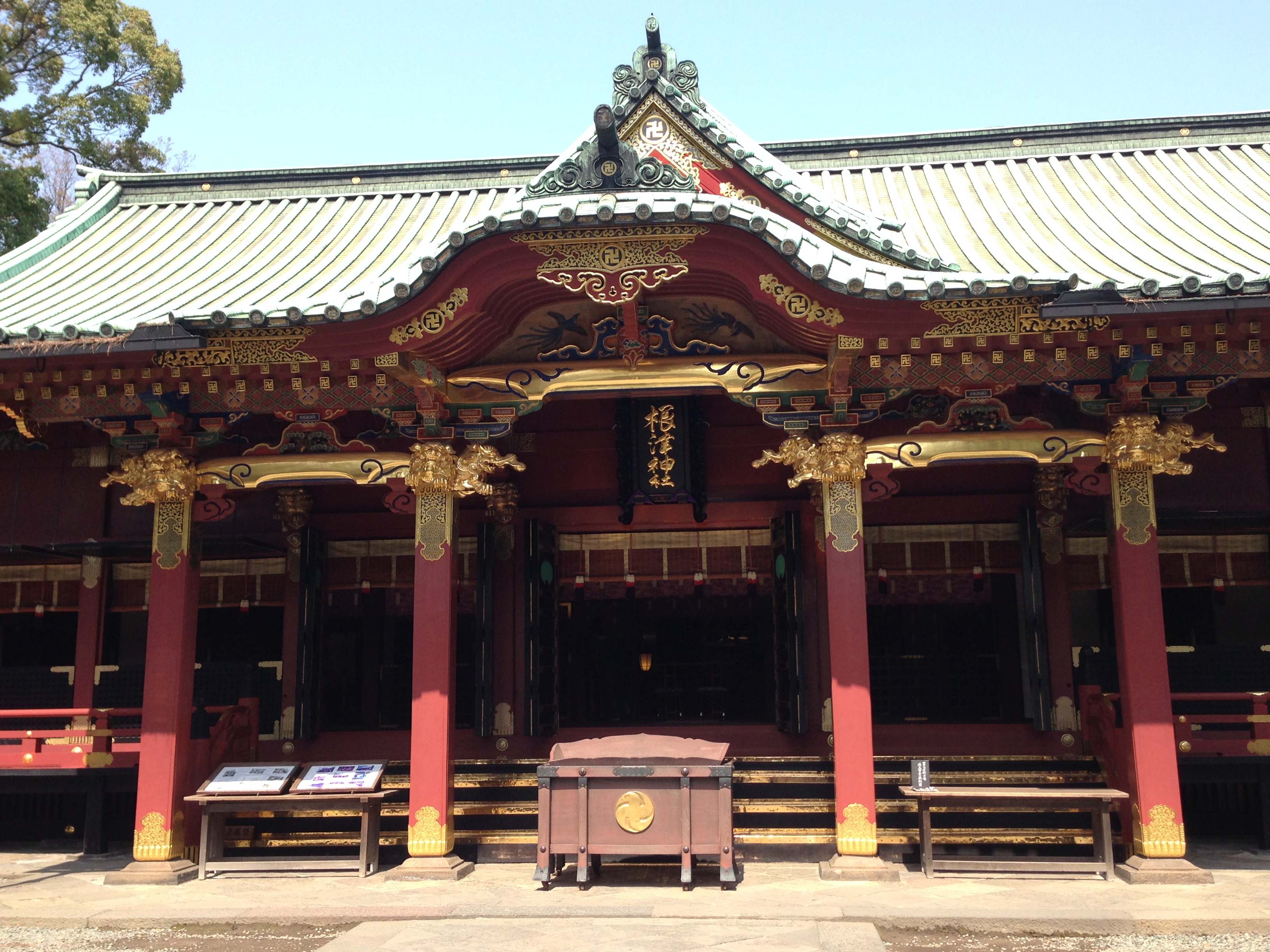
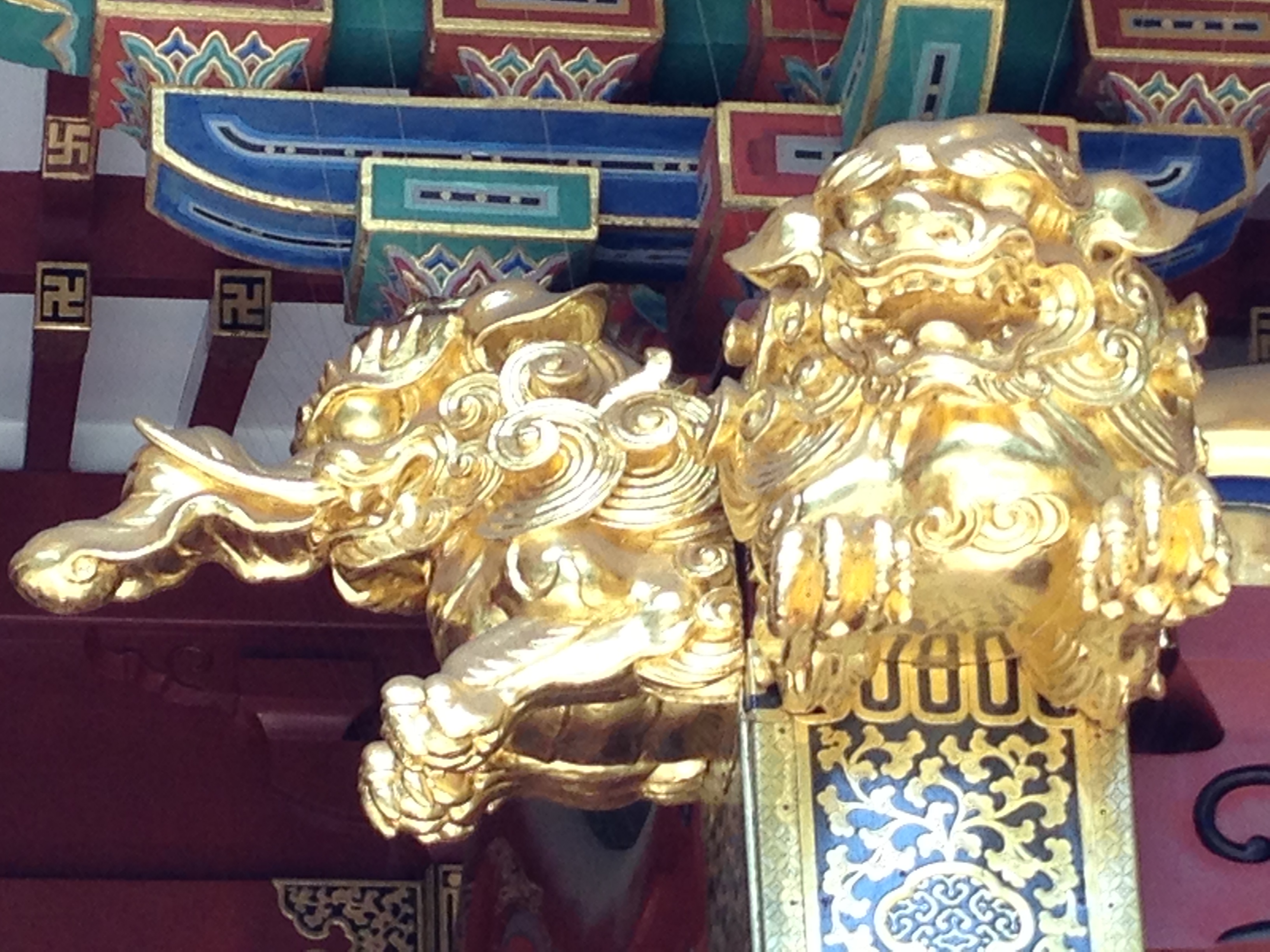


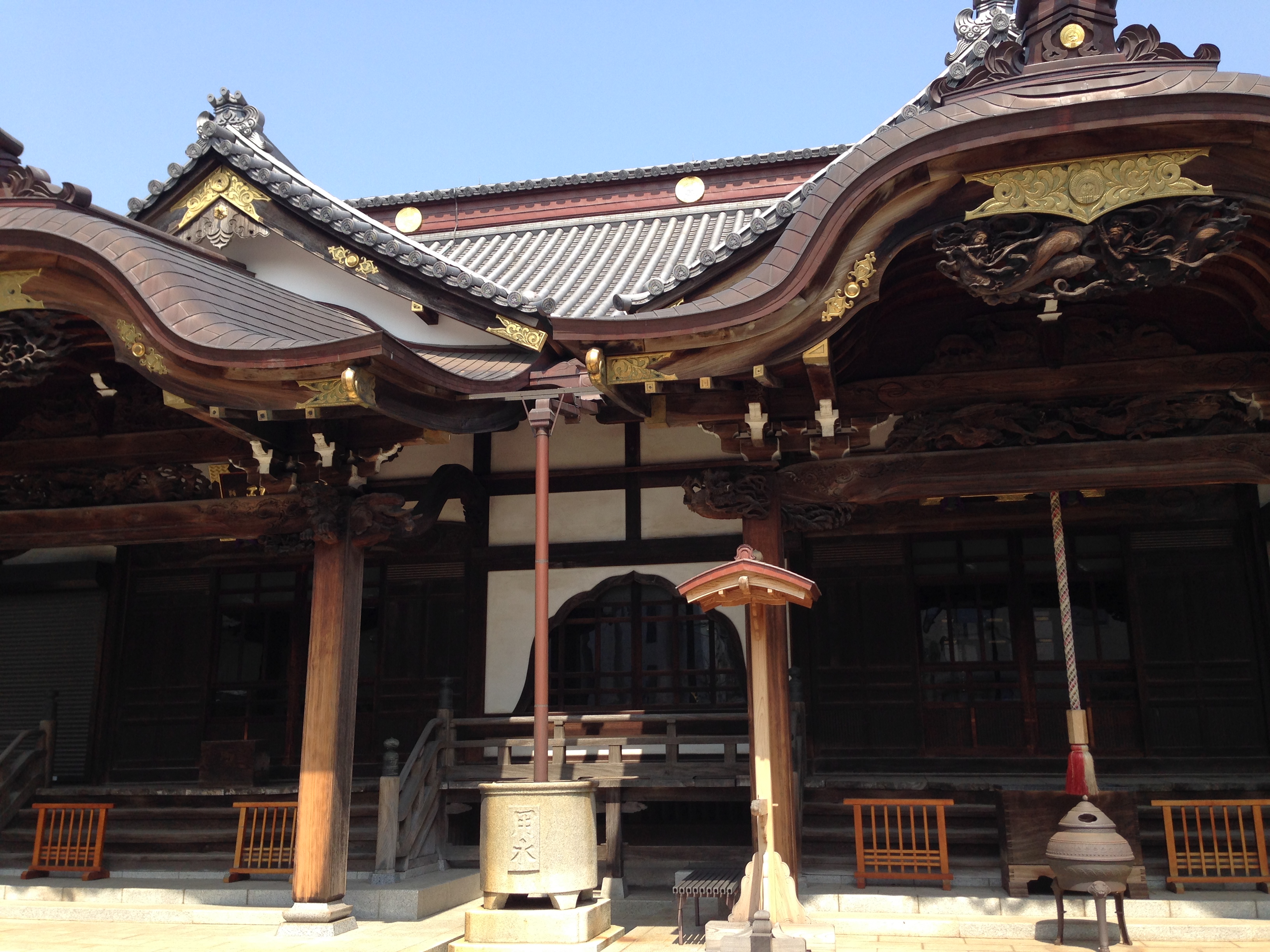
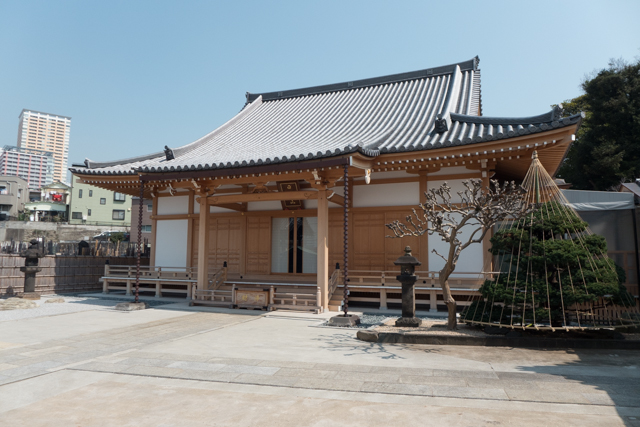
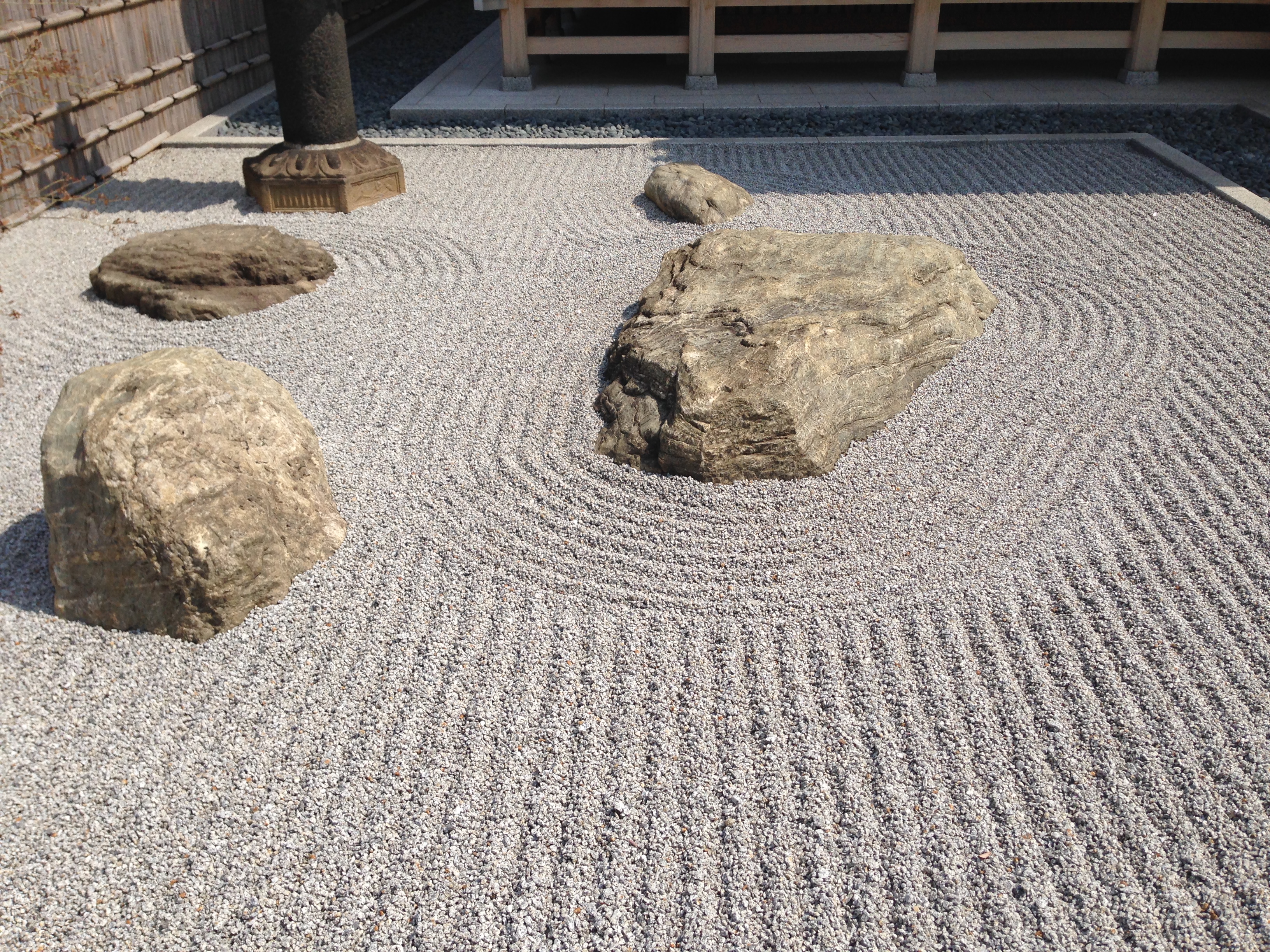
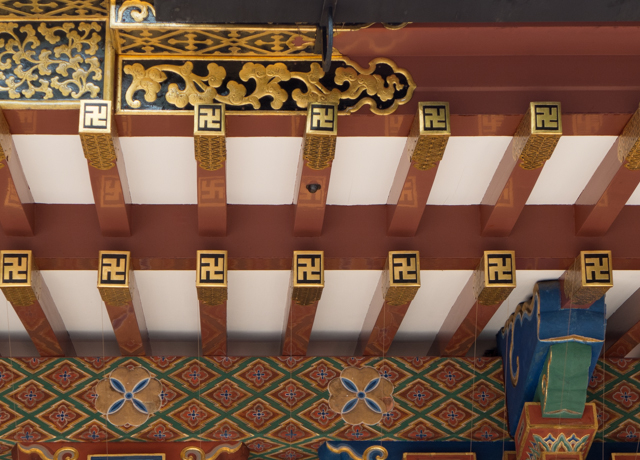
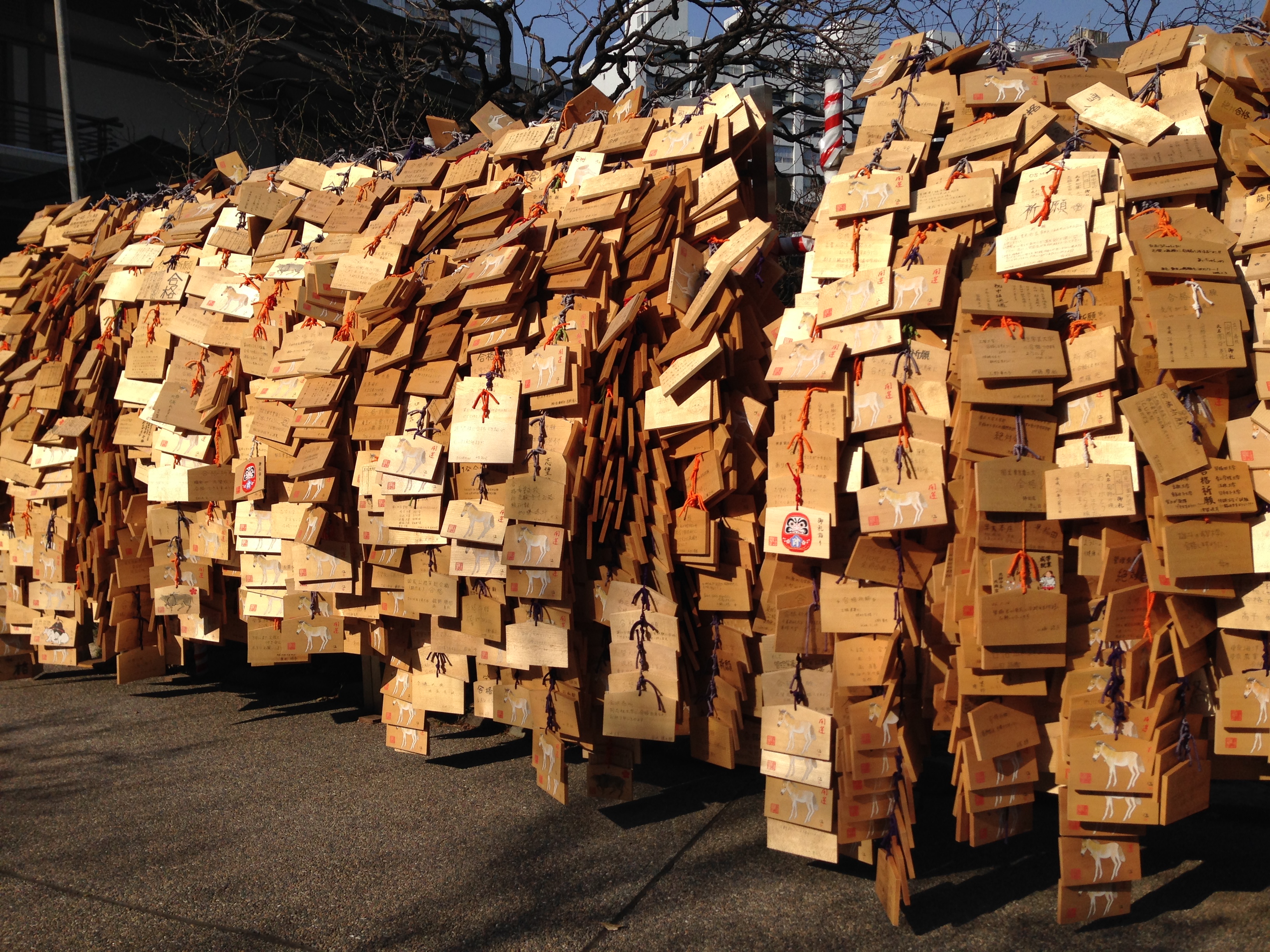
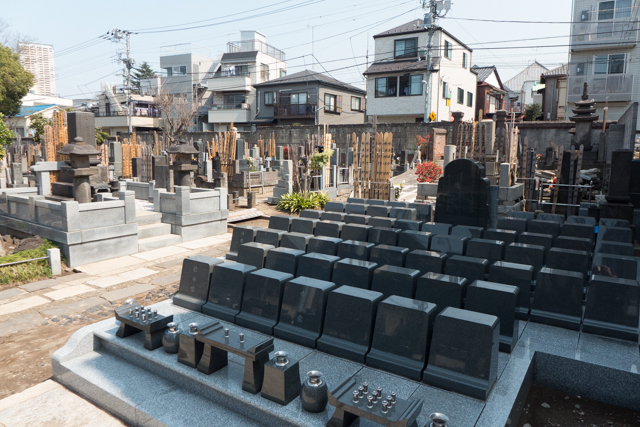
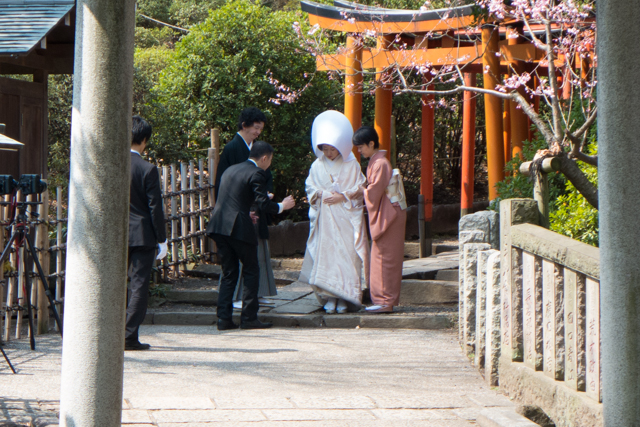
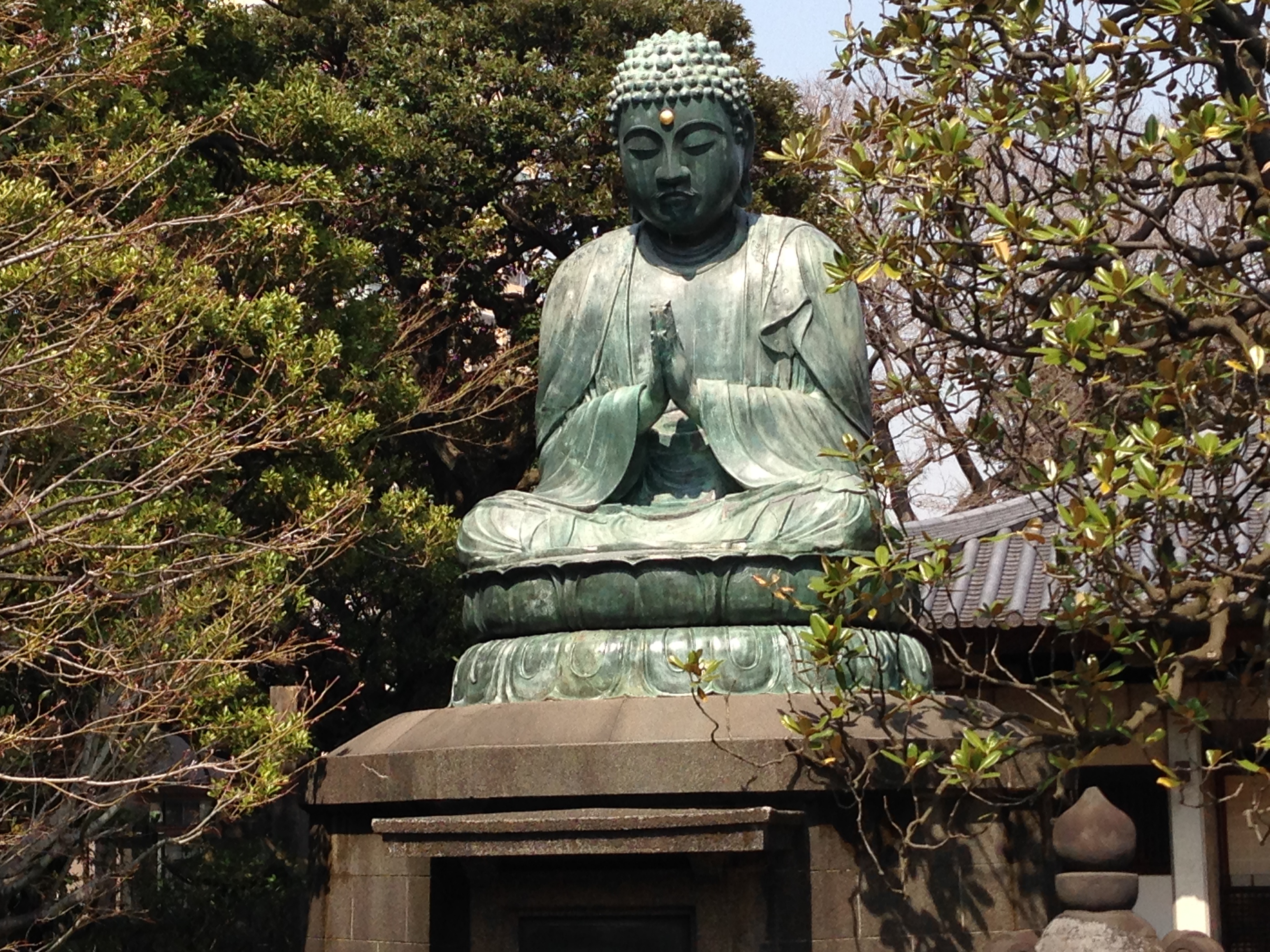

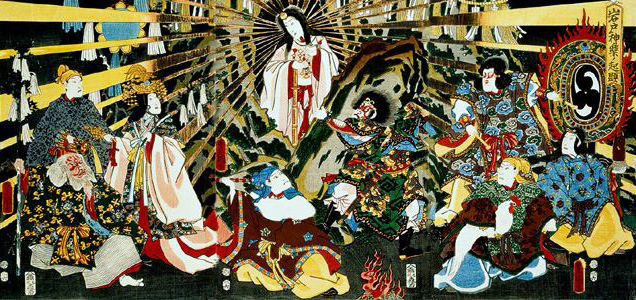
I’m sharing your pictures with the family. The cherry blossoms are beautiful. I hope you had fun on the hike. Fantastic scenery.
So enjoying the blog. Thanks for bringing us along. It’s raining and cloudy here so having fun seeing another part if the world. Hugs to both.
Thank you so much Lorua. Even though some of the hikes were through rainy and (yikes!) snowy trails, we really enjoyed them all. Hiking in sight of such an iconic landmark as Mount Fuji was really a treat. There are some fairytale forests, and of course, Japan’s rich history seems to permeate everything everywhere.
Hope you are feeling well, my beautiful friend. Much love and hugs.